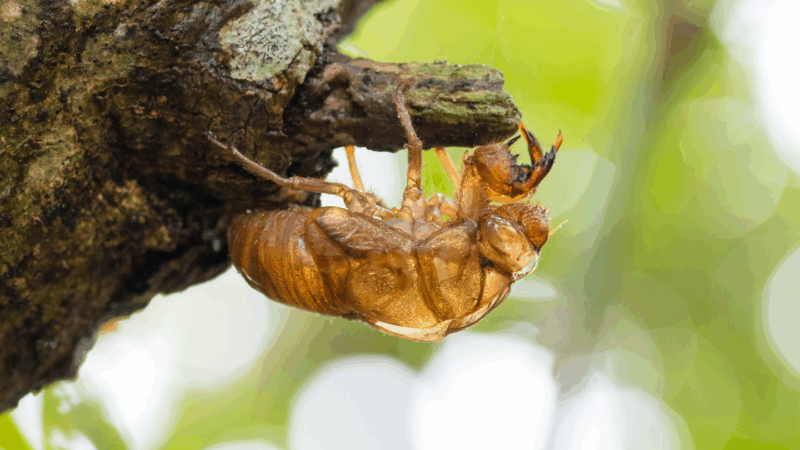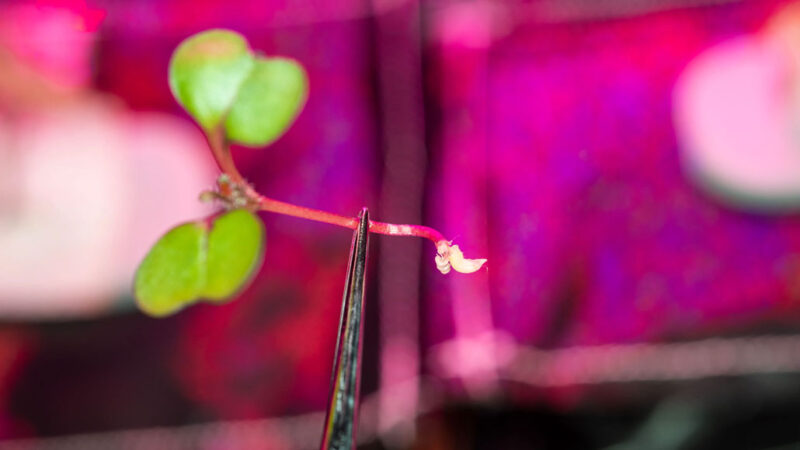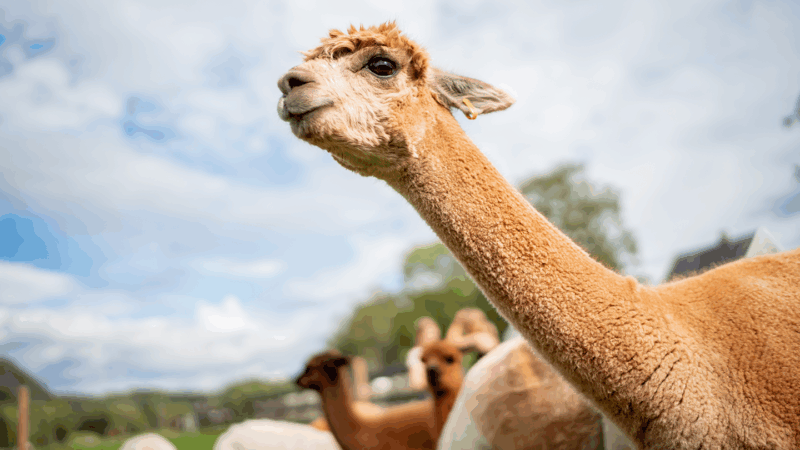Exoskeleton (noun, “ECKS-oh-skell-eh-ton”)
An exoskeleton is an armor-like covering that protects many small invertebrates. Such animals include insects, spiders and crustaceans.
The prefix exo- means outside. So an exoskeleton is basically a skeleton worn on the outside of a body. This is in contrast to the skeletons that some animals — such as humans — have inside their bodies.
Like our internal skeletons, other creatures’ outer skeletons have joints. They also attach to animals’ ligaments and tendons. That allows them to move.
The exoskeletons of most insects are made up of a polymer called chitin. Some crustaceans harden their chitinous exoskeletons with minerals. Calcium salts strengthen exoskeletons of lobsters and crabs. That’s why we must use tools to crack open hard crab shells. The shells of clams and snails are almost all calcium salts and minerals.
Exoskeletons provide lots of protection. They also help animals retain water. The exoskeleton creates a barrier between the animal’s insides and its surroundings. This reduces evaporation.
But these benefits come with tradeoffs. One downside is extra weight. Outer armor is typically heavier than the bones that would be needed to support the same animal. And the stronger an exoskeleton is, the heavier it will be.
Also, exoskeletons generally do not grow with an animal. Animals must shed their outgrown armor before they can grow a better-fitting set. This process is called molting, and it can be dangerous. During this time, an animal may be very vulnerable to predators. And sometimes, an animal cannot shed its old skeleton properly. This can be deadly. After molting, the animal’s new exoskeleton usually takes time to harden.
Still, the perks of nature’s armor have inspired scientists to mimic it in new technology. For example, exoskeleton suits might help astronauts walk on the moon.
In a sentence
Scientists developed a robotic exoskeleton glove that enabled piano players to play faster.

















